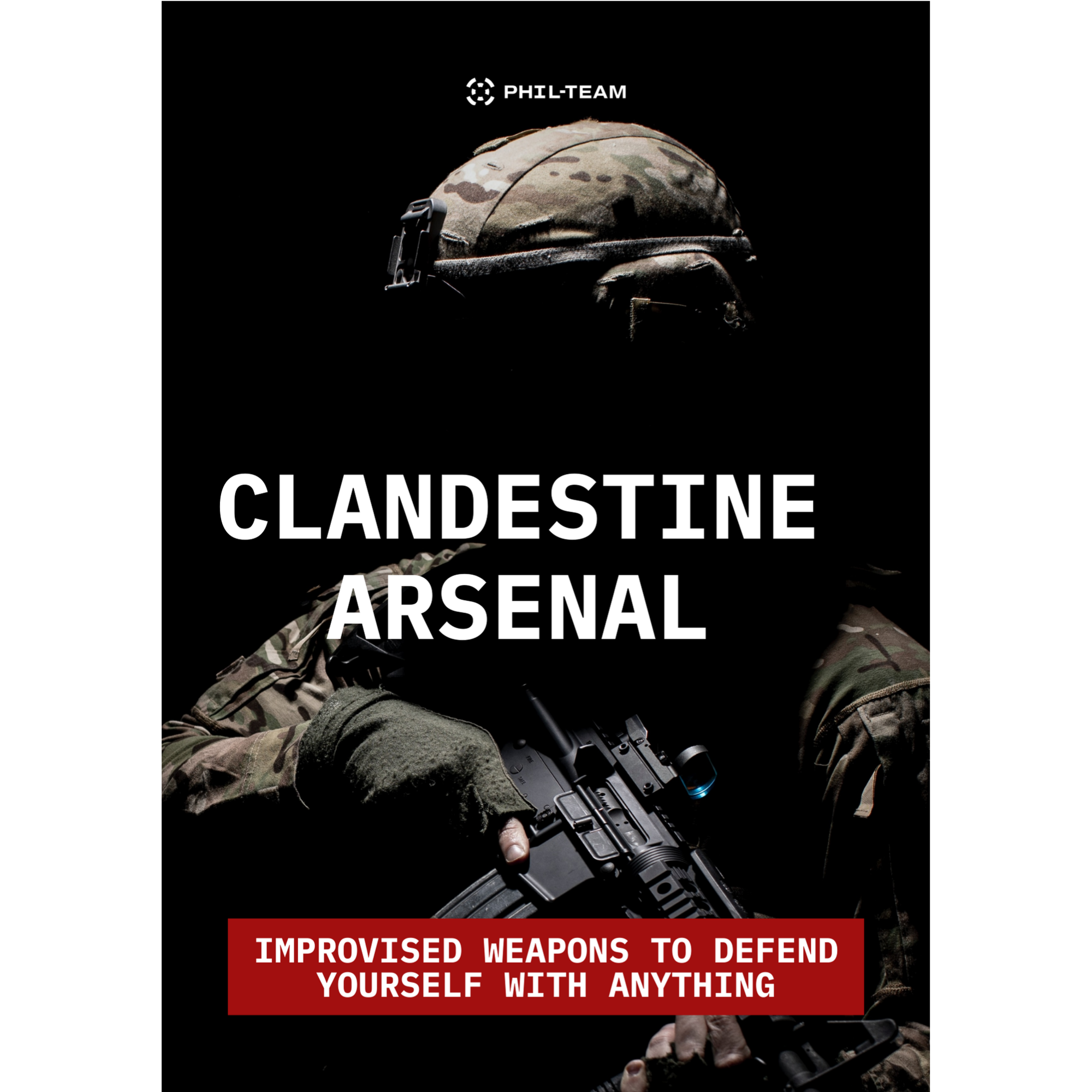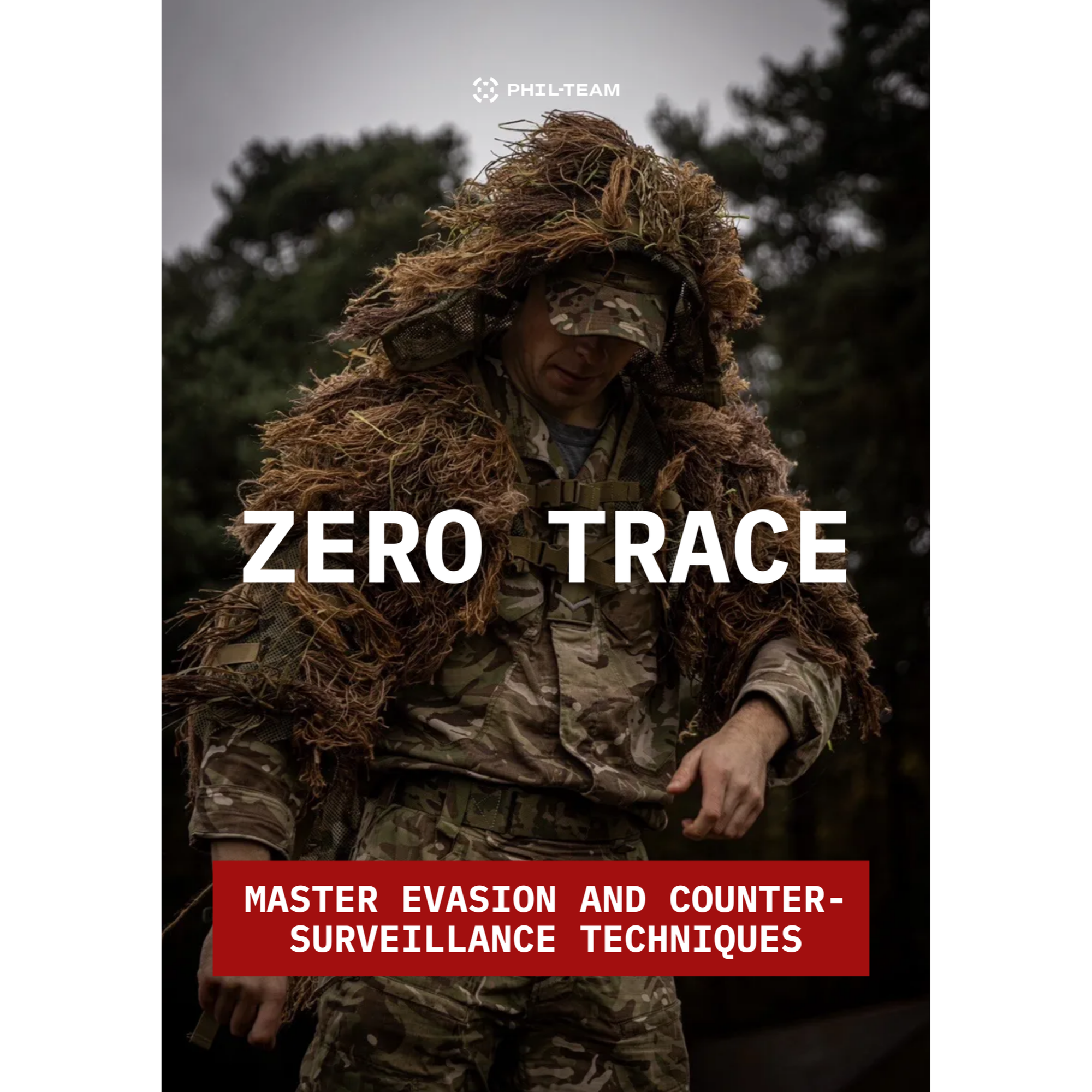For nearly 45 years, the Mirage 2000, Dassault Aviation's fighter jet, has flown in French and international skies, carrying out a variety of missions including air policing, air attack, and nuclear deterrence. While gradually being replaced by the Rafale, the Mirage 2000 has not yet had its final say.
The Rafale, although a more capable version of the Mirage, is far more advanced than the Mirage 2000. The Mirage 2000 is a single-engine aircraft with a thrust of 9.8 tonnes, while the Rafale is a twin-engine aircraft with each engine producing 7.5 tonnes of thrust. Although it shares its delta wing with the Mirage, the Rafale is much more maneuverable thanks to its canard configuration.
But above all, the avionics are far more efficient and constantly evolving; these weapons and defense systems are much more advanced. One Rafale replaces three Mirages in operational capability and is capable of carrying out several missions during the same operation.
The Mirage is multi-role, the Rafale is omni-role. The Rafale is therefore more powerful, more maneuverable, carries more ammunition, capable of carrying out several missions, communicates better, defends itself better (SPECTRA), is much more stealthy, flies further and faster (thanks to supercruise although less fast in top speed), it attacks better in all domains (air/air, air/ground, air/sea), even capable of refueling other aircraft.
In conclusion, the Rafale doesn't just replace the Mirage 2000C and D, but also the Mirage F1, the Jaguar, the modernized Super Étendard, and the Mirage 2000N for its nuclear delivery capabilities. Furthermore, it's an aerial refueling tanker (very useful at Charles de Gaulle Airport). The Rafale is the most versatile aircraft in the world, though not the best in every area; however, it is significantly better than every aircraft it replaces.
Is there a significant performance difference between the latest versions of the Mirage 2000 and the Rafale?
The Rafale's RBE2 AESA radar offers a range of 200 km compared to 130 km for the Mirage 2000-5's RDY radar, but it also allows for the generation of a ground map for terrain following at 300 feet in automatic mode, which requires a second Mirage 2000D with an Antilope radar. One Rafale B can carry six 250 kg AASM missiles with a range of 60 km and four MICA or METEOR missiles, which would require three Mirage 2000Ds for six GBU-12 missiles with a range of 13 km and one Mirage 2000-5 for four or six MICA missiles, but no METEOR missiles.
In summary, a Rafale does the job of 4 Mirage 2000s much better, with much higher chances of survivability thanks to its powerful sensors, its Spectra electronic warfare system, its METEOR missiles, the most modern in the world, which the USA envies us for, which is not so common.
For all these reasons, the Rafale is the cheapest fighter jet in the Western world (salaries 6 or 8 times lower in Russia make comparison impossible).
Why does the Rafale, which is a multirole aircraft, excel in all areas?
This is not the case with the Eurofighter, originally designed solely for air-to-air missions. It was later adapted for air-to-ground missions, even though this was not part of its original design. The result is mixed.
Then the Rafale was manufactured by one of the best manufacturers in the world: Dassault . They used their extensive experience in the field and their "step-by-step" method to design it.
I'm not exaggerating with the praise. Here's an anecdote: the most widespread fighter jet in the world is the F-16. A great commercial and technical success. An American aircraft that was designed using Dassault's methods. The Americans wondered how the French managed to do as well as them with two or three times less of a budget and commissioned a report that was subsequently used…
Finally, despite the slowdowns due to budget cuts, the Rafale project progressed well. There was a good understanding between the government and the manufacturer.
This alchemy results in a well-designed aircraft .
A Mirage 4000 is pictured above. If it reminds you of the Rafale, that's normal. It was a pioneering project. Dassault reused the experience gained at the time. The "step-by-step" approach involves a fair amount of reuse.
We make the most of what we know to minimize risks. This is the opposite of the current American philosophy. They want to build revolutionary aircraft and take many risks. The F-35 is a good example. I suggest they go back to the Dassault method; it works better for them.
What is the speed of the Mirage 2000 vs. the Rafale?
The speed of the Mirage 2000 and Rafale fighter jets varies depending on several factors, including the specific version of each model, fuel and weapons load, and flight conditions. However, I can provide a general comparison of the maximum speeds of these two aircraft.
The Mirage 2000, introduced in the 1980s, is capable of reaching supersonic speeds. Depending on its version, its maximum speed can vary between approximately Mach 2 (around 2,470 km/h) and Mach 2.2 (around 2,710 km/h), depending on improvements made to its engines and systems.
The Rafale, designed as a fourth-generation multirole combat aircraft, also has supersonic capabilities. Its maximum speed is approximately Mach 1.8 (around 2,220 km/h) to Mach 2 (around 2,470 km/h), depending on the variant and configuration.
Thus, although both aircraft are capable of flying at very high speeds, the Mirage 2000 tends to have a slightly higher top speed than the Rafale, due to its design being more focused on air superiority and fighter missions, while the Rafale prioritizes versatility and effectiveness in a wider range of missions.
In summary
They are about 20 years apart in age. The Rafale was designed to replace the Mirage 2000 and all other fighter jets in the French Air Force. The Rafale can do almost anything (multirole) and carries about 50% more ammunition. It is more maneuverable, has greater range, is more stealthy, and is better protected.
The Mirage 2000s are being kept for economic reasons. They're still in service and have flight potential. This avoids having to replace them. Furthermore, for exports, we've used up future Rafale deliveries (Egyptian contract) and sold some second-hand ones (to Greece). They're a rare commodity…















0 comments